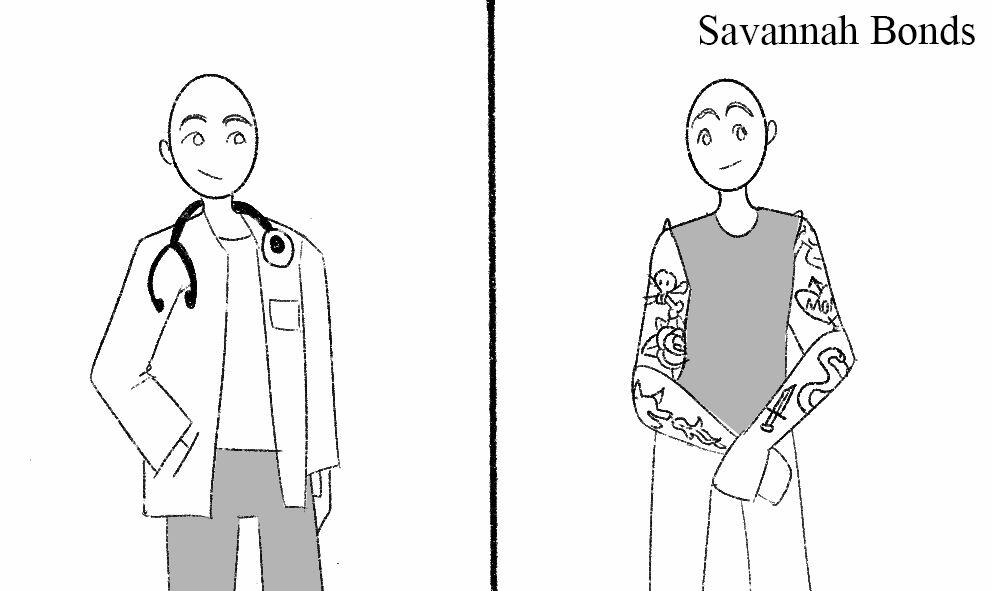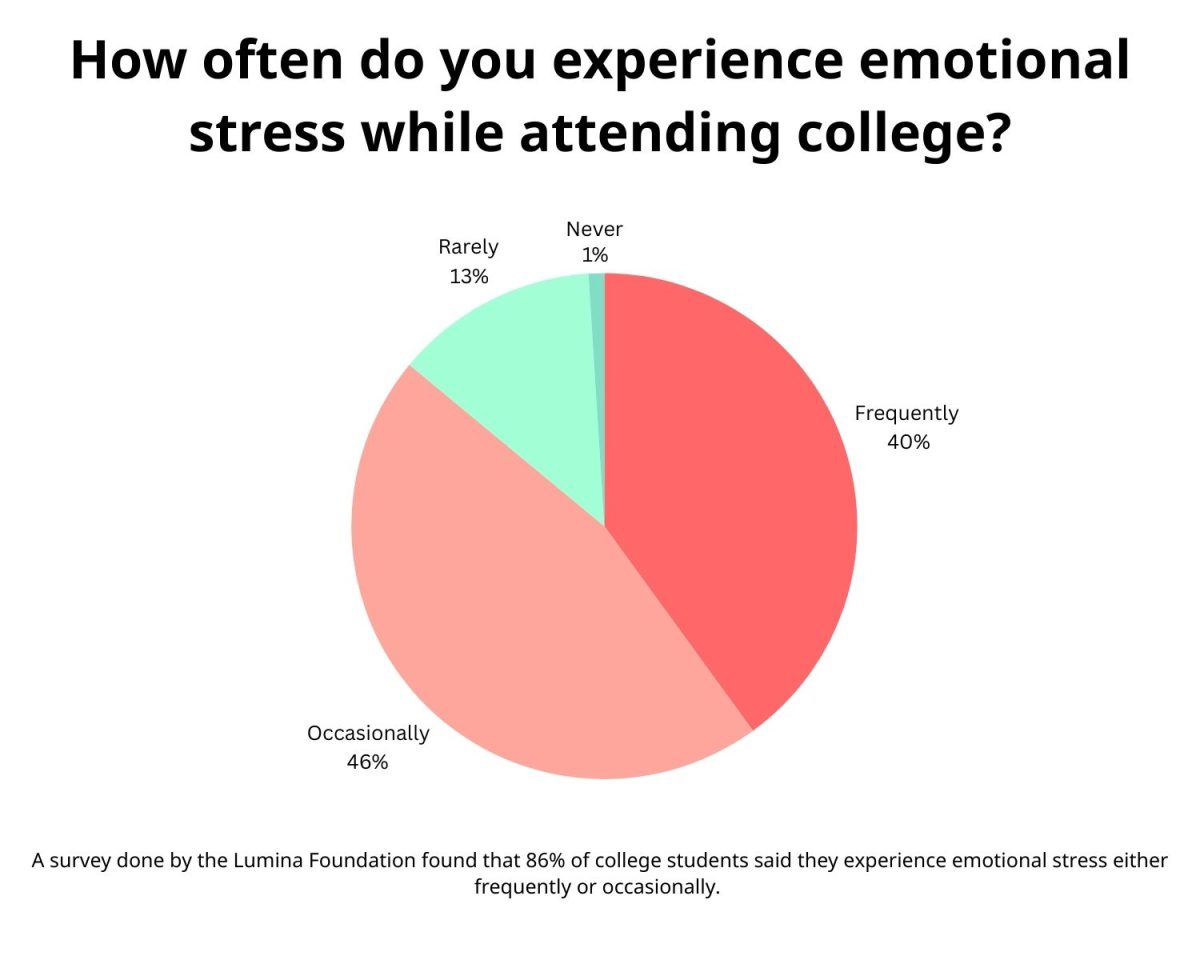An artist posts a picture of a hyper-realistic portrait of a woman encased by a floral frame they just completed. Most people would agree this to be a work of art, but when I mention this portrait is not displayed in an art gallery but as a tattoo on someone’s skin, your opinion probably changes whether or not you like that art. Why is that?
The art of tattooing has been around since circa 2000 B.C. based on the discovery of female mummies which had tattoos in a dotted pattern near the abdomen, tops of thighs and breasts, according to Cate Lineberry for Smithsonian Magazine. Egyptian belief was these tattoos would protect women during difficult pregnancies and appeared on some priestesses.
Over time, tattooing evolved, showing symbols of status such as in Maori culture. The Maori people refer to this act of tattooing as “ta moko,” according to Aaron Smale of New Zealand National Geographic. Smale writes the primary purpose of “moko” was to indicate warrior status and was a rite of passage for male and female Maoris.
Tattoos have also been used in Western culture, becoming popularized by naval explorers and units. It first became introduced to Captain James Cook after witnessing it from the Maori and transforming it into a practice sailors used to memorialize their journeys, according to Veterans of Foreign Wars magazine. It then moved across the ocean to the U.S. as a form of identification for sailors to help avoid illegal recruiting tactics of the British navy and later on more as a camaraderie building technique.
However, it was not until the 1970s when it became widespread for everyday men and women to have tattoos in American society. Olivia B. Waxman of Time magazine writes how “musicians like the Grateful Dead and Janis Joplin helped make tattoos even cooler,” which along with a cultural movement made formerly taboo subjects of interest now acceptable.
In current times, many get tattoos for the same reasons those in the past did, such as to commemorate a person or experience, to display a symbol of societal belonging, to honor their heritage or often the same reason the rock stars of the 1970s did — because it looks cool. Tattooing has come a long way, just as people’s attitudes toward them have.
In the early 1900s, a deep fascination with tattoos developed, but this was in the case of traveling circuses, not in a professional or workplace setting. Usually, men could get away with having tattoos, considering most white-collar jobs required the dress code of a suit. Still, women would be frowned upon and seen as less desirable candidates for a job because of viewable body art. This is not surprising, considering the 1930s through 1960s were years of extremely conservative attitudes toward anything which did not seem “natural.”
However, these attitudes have shifted over the years to become more accepting of the public display of tattoos in the workplace. This is because of the recent movement which encourages personal expression through outfits, hairstyles and accessories. Not to mention younger generations such as millennials, according to the Pew Research Center, “are more ethnically and racially diverse than older adults.”
In an article by Harvard Business Review, Alison Beard writes that Michael T. French of the University of Miami conducted a survey in which he found “23% of men and 37% of women had tattoos. Some estimates suggest that there is a tattooed person in 40% of U.S. households, up from 21% in 1999.”
With the workplace diversifying and allowing for more expression, there is no wonder why things are no longer in the same place as they were 20 to 30 years ago. Employers are being forced to be more accepting because if they do not change, they will miss out on great candidates as a result of outdated policies which have nothing on which to ground their prejudice. Their new policies accept appropriate visible tattoos on their employees, excluding the neck and face.
While tattoos have no relevance to one’s intelligence of capabilities, it is understandable for them not to hire someone based on a visible, offensive tattoo which may display nudity, crude language or hateful imagery. Aside from these exceptions, there is no reason body art should play into a candidate’s likelihood of securing a job position.
In her article, Forbes Council Member Joanna Shevelenko mentions how business practices have, in recent years, shifted from Wall Street standard professionalism with suits, ties and strict agendas to Silicon Valley’s redefined notions of professionalism which focus more on ideas, innovation, collaboration and intelligence rather than one’s outer appearance.
Professionalism is not about what you look like; it is what you do which matters. So, the next time you are trying to decide whether someone’s appearance is professional or not, keep in mind that professionalism is found in how one carries themselves, not how they present themselves.








